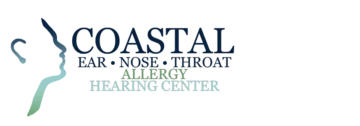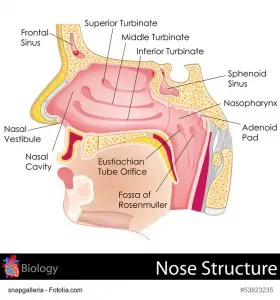Pediatric sleep apnea is a sleep disorder that occurs when a child’s breathing becomes blocked as they sleep. Though people of any age can experience obstructive sleep apnea, it most commonly occurs in children ages two to six.
 How is Obstructive Sleep Apnea Different in Children?
How is Obstructive Sleep Apnea Different in Children?
Adults can suffer from obstructive sleep apnea. However, there are some differences between how sleep apnea presents itself in adults versus children, including:
- Children usually only have partially blocked airways, which means they will not typically completely stop breathing.
- Children with sleep apnea wake up less often throughout the night than adults with sleep apnea.
- Children with obstructive sleep apnea can have a shorter attention span than children who don’t have the disorder.
What Causes Pediatric Obstructive SleepApnea?
There are many causes for pediatric obstructive sleep apnea. The most common is enlarged tonsils and adenoids. Having enlarged tonsils and adenoids may not cause breathing issues during the day, but because muscle tone is decreased during sleep, the airway becomes smaller, making the flow of air more difficult.
Symptoms of Obstructive Sleep Apnea
The following are the most common symptoms of obstructive sleep apnea:
- Snoring
- Mouth Breathing
- Bed Wetting
- Restlessness During Sleep
- Frequent Infections in Ear and Throat
Properly treating pediatric obstructive sleep apnea depends largely on its cause.
Contact Coastal ENT today to diagnose and treat the sleep disorder.

 How is Obstructive Sleep Apnea Different in Children?
How is Obstructive Sleep Apnea Different in Children?